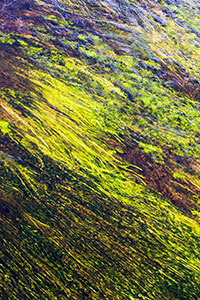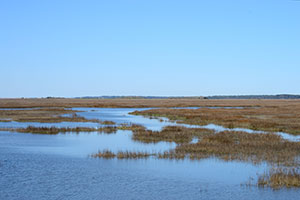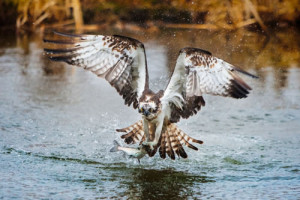Periphyton can be found in aquatic ecosystems throughout the world, attaching itself to submerged surfaces and providing a valuable source of food to much of the wildlife in the area. Periphyton is truly an invaluable part of any ecosystem where it can be found, as many invertebrates and fish depend on its availability for their survival.
Periphyton have also proven to be excellent natural water filters, as they are able to absorb contaminants in the water column and limit their movement. In addition to dissolved pollutants in the water, periphyton are also able to remove solid waste as well, though the filtration effects of periphyton is still being studied.
Because of the periphyton’s unique characteristics, its presence can also be an indicator of the water quality in a given area. Because of periphyton’s high tolerance for and quick response to change, and because so many different species are found naturally in periphyton, its presence in an area usually indicates the presence of healthy water. And because water quality is so important to any ecosystem, a strong presence of periphyton usually means good things for any environment.
To see plenty of periphyton, as well as some of the Everglades more exciting and interactive creatures, take an Everglades airboat tour with the best in the business at Captain Mitch’s Airboat Tours. On your Everglades airboat ride you’ll see alligators, fish, birds, and maybe even a frog or two, so join us today and experience Florida the way it was meant to be seen!




 The osprey goes by many names – fish hawk, sea hawk, fish eagle, and river hawk – but all names seem to call out one particular characteristic of this powerful hunting bird, the fact that its diet is comprised almost entirely of fish. While this is certainly not the only unique characteristic of the osprey, it is currently the most well known.
The osprey goes by many names – fish hawk, sea hawk, fish eagle, and river hawk – but all names seem to call out one particular characteristic of this powerful hunting bird, the fact that its diet is comprised almost entirely of fish. While this is certainly not the only unique characteristic of the osprey, it is currently the most well known.





